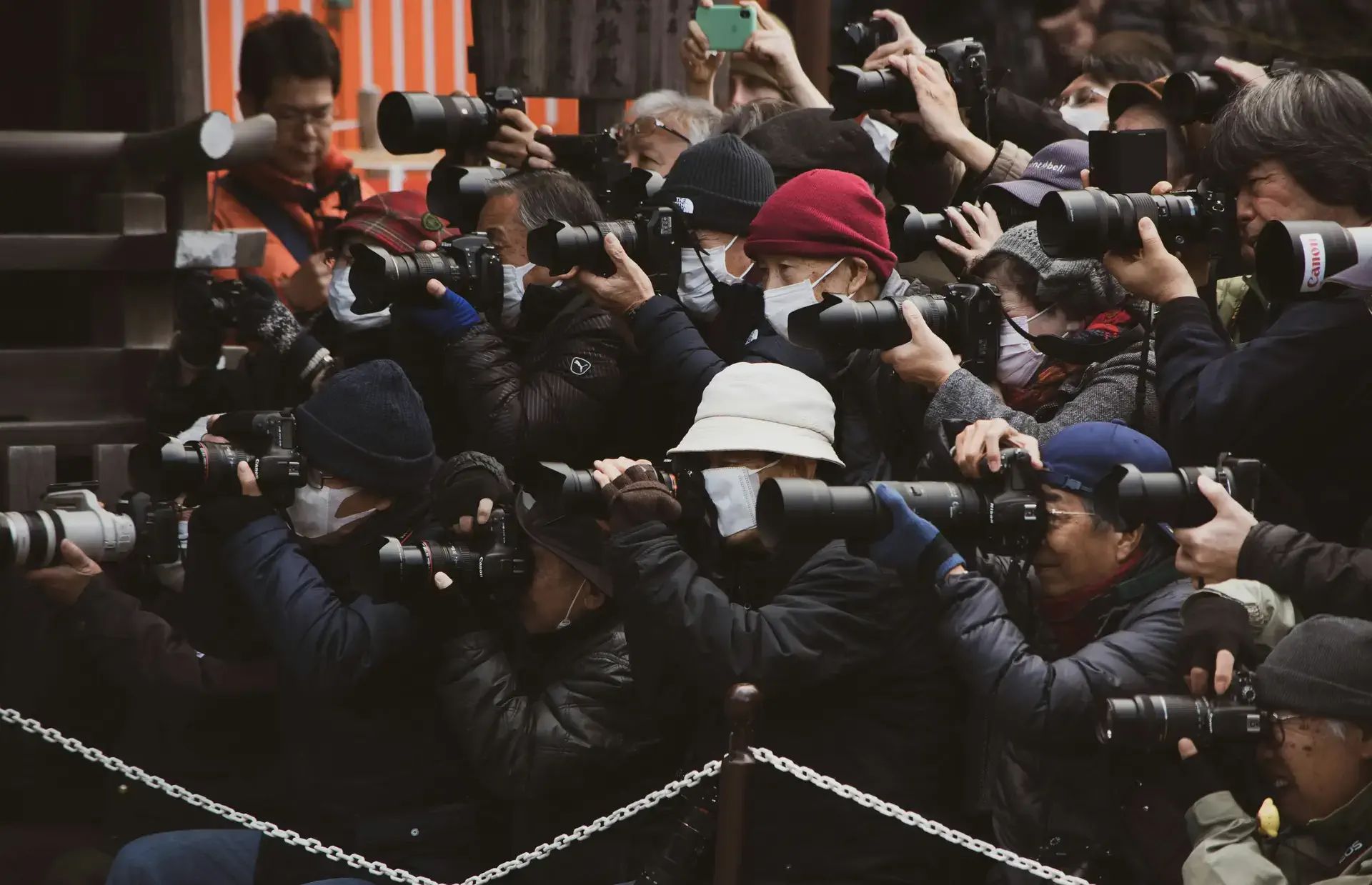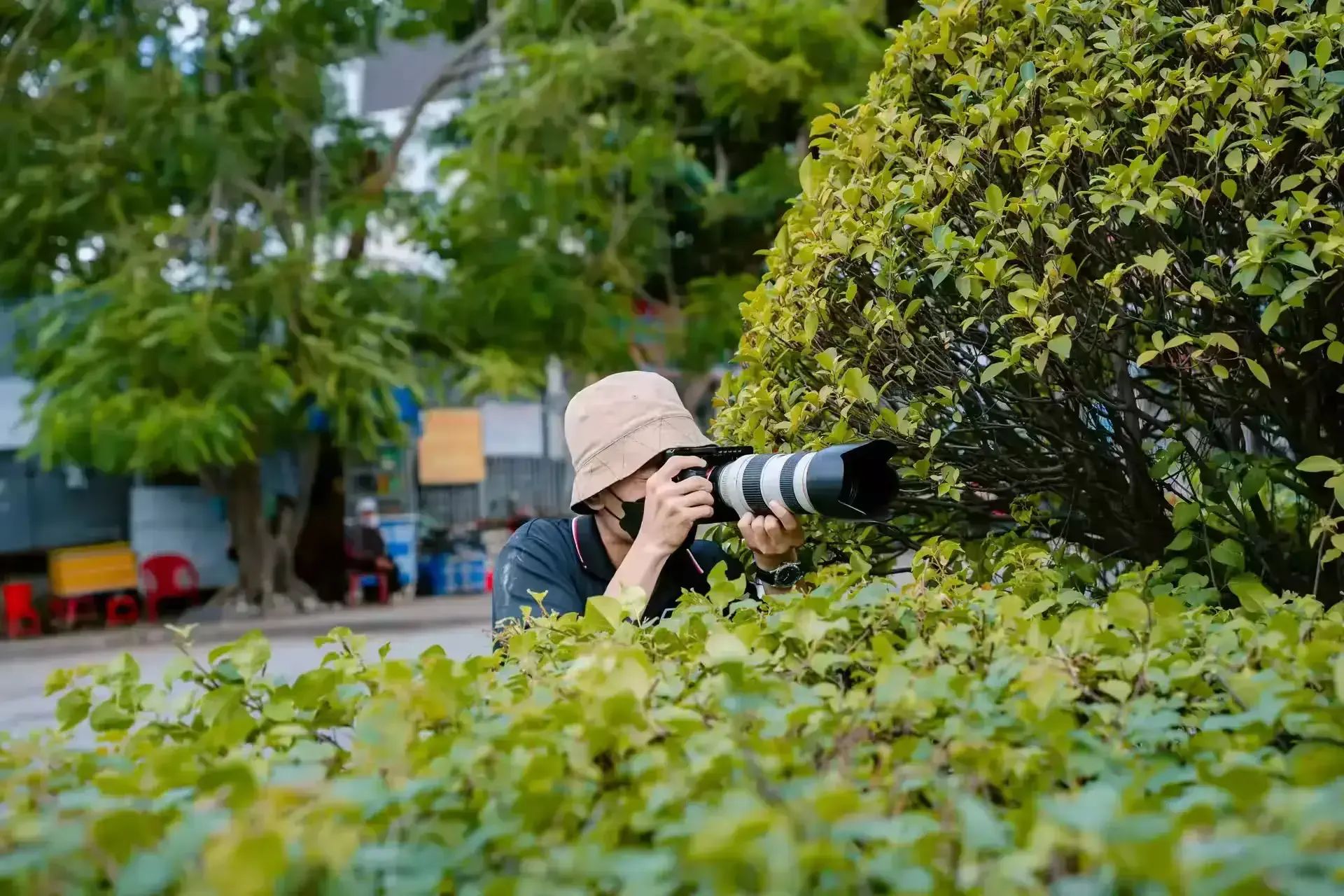Paparazzi - photographers on the hunt for VIP photos
Many media thrive on photos and videos that provide their consumers with information about the lives of celebrities. Actors and singers, politicians and other celebrities, on the other hand, usually like to show themselves in public in order to be properly recognized. The job of press photographers is to provide the relevant media with image material.

When photographers do not respect the personal rights of the people photographed, they are referred to as paparazzi. This category includes reporters and photographers who obtain photographs and information from celebrities in an unwanted manner. The aim of these actions is to capture and publish private moments and special situations in photographs. The reporters often behave ruthlessly and invade the privacy of their targets. With lurid stories and spectacular snapshots of famous actors, singers or politicians, they want to appeal to the public and attract attention. While the term paparazzo (singular) and paparazzi (plural) used to be used rather jokingly, it now has a pejorative meaning and describes dubious behavior. The name has its origins in the film “The Sweet Life” by Italian director Federico Fellini, in which an overzealous protagonist with the proper name “paparazzo” plays a role.
Paparazzi - mostly independent press photographers
Paparazzi generally work for tabloid media and often work freelance. Whether they are actors, singers, models, dancers or other celebrities, they typically secretly photograph celebrities during their normal life routines. This coverage can help to raise the profile of the people being observed, but in most cases it is an unwanted and embarrassing display of private life. In principle, there are financial motives behind this sensationalism: unusual photos of celebrities bring in a lot of money. A well-known representative of the profession is the former tabloid journalist Christoph Seitz, who had also photographed in Hollywood. He gave up his job after the accidental death of Lady Diana, in which a chase by press photographers obviously played a role. His book “I was a paparazzo” made headlines.
Violation of privacy or free reporting?
The role of the paparazzi is controversial: On the one hand, free reporting is defended as freedom of the press, especially when it comes to public figures. On the other hand, the work of the paparazzi represents an unlawful invasion of privacy and is characterized by overstepping boundaries, loss of control for those affected and often violations of privacy.

The European Court of Human Rights ruled in 2004 that even people from contemporary history may not be photographed at any time. The private sphere should remain protected. Various media outlets criticized this ruling and described it as an infringement of the freedom of the press, because it meant that there could only be “court reporting”.
Can the media publish photos taken in secret without consent?
The decisive factor is the situation in which the person concerned is portrayed. It makes a big difference whether the person depicted is in a public space or whether they are secretly photographed in a purely private setting. The right of personality protects privacy. Images of people who are in secluded places must be authorized by these people. A photographer who, for example, secretly observes models, actors or singers in private and distributes their images is violating the legitimate interests of the person depicted and is acting unlawfully. Nevertheless, such actions are part of everyday media coverage. Paparazzi are well paid, the intrusiveness pays off.
